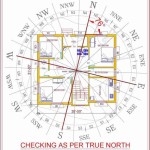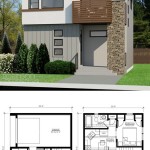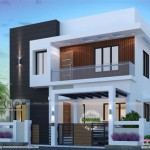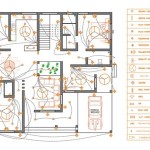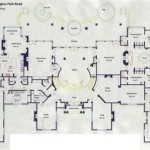Essential Aspects of Indoor Rabbit House Plans
Creating a comfortable and enriching environment for your indoor rabbit requires careful planning and the right house design. Here are some essential aspects to consider when building or purchasing an indoor rabbit house:
Size and Space
The size of the rabbit house should be appropriate for the breed and activity level of your rabbit. Provide ample space for your rabbit to move around, stretch, and play. A general rule of thumb is to provide at least 4-6 square feet per rabbit, with a minimum height of 2 feet. Consider adding multiple levels or ramps to maximize space utilization.
Ventilation and Hygiene
Proper ventilation is crucial to ensure good air quality and prevent respiratory issues in rabbits. Incorporate mesh or wire panels into the house design to allow for air circulation. Additionally, provide multiple doors or points of entry for easy access and cleaning. Regularly clean the house and remove soiled bedding to maintain hygiene.
Safety and Secure
Your rabbit's house should be a safe and secure haven. Choose materials that are non-toxic and avoid sharp edges or points. Ensure that any doors or gates are secure and cannot be easily opened by your rabbit. Consider providing hiding places or tunnels within the house to give your rabbit a sense of security.
Comfort and Enrichment
Make your rabbit's house a comfortable and stimulating environment. Include soft bedding, such as hay or fleece, for warmth and舒适. Provide toys, such as chew sticks, balls, or tunnels, to encourage play and mental stimulation. Consider adding a litter box or a separate area designated for toilet duties.
Flooring
The flooring material of the rabbit house is important for comfort and hygiene. Choose a material that is easy to clean, non-porous, and comfortable for your rabbit to walk on. Avoid slippery or abrasive surfaces that can cause injuries.
Lighting
Rabbits require a balance of natural and artificial light. Provide windows or place the rabbit house near a source of natural light. However, ensure that the house is not exposed to excessive heat or direct sunlight. Consider installing artificial lighting to provide adequate illumination during evening hours.
Conclusion
Designing an indoor rabbit house requires careful attention to the essential aspects of size, ventilation, safety, comfort, flooring, and lighting. By incorporating these elements into your plans, you can create a comfortable, enriching, and healthy environment for your beloved rabbit to thrive.
:strip_icc()/free-rabbit-hutch-plan-buildeazy-5bbcce7946e0fb002660495c.png?strip=all)
8 Free Diy Rabbit Hutch Plans

Diy Rabbit Hutch Plans Free Easy Rogue Engineer
:strip_icc()/ana-white-rabbit-huch-plan-94531559a8c64cb3b26327b5090264f7.jpg?strip=all)
8 Free Diy Rabbit Hutch Plans

20 Diy Rabbit Hutch Plans You Can Build Today With Pictures Pet Keen

Diy Rabbit Hutch Plans Free Easy Rogue Engineer

Stylish Rabbit Hutch Plans A Cosy Spot For Amigo Ers

Homemade Wooden Three Story Rabbit Hutch For Multiple Rabbits Indoor Diy

How To Build A Rabbit Condo Indoor Hutch Plans Cages Hutches

Convert Cupboard Into Indoor Rabbit Hutch

How To Build A Rabbit Cage Using Cubes Advice For Indoor Rabbits From The House

